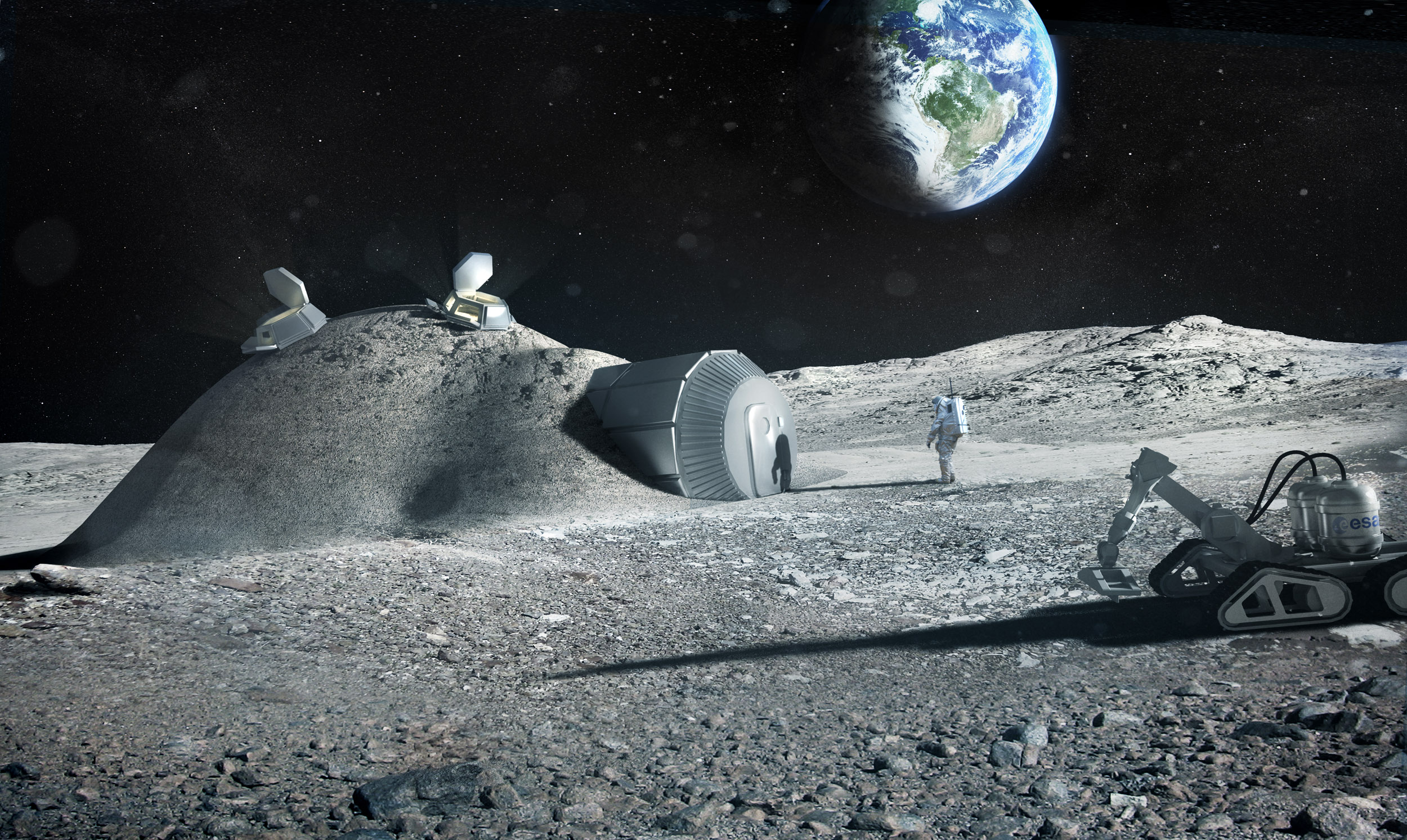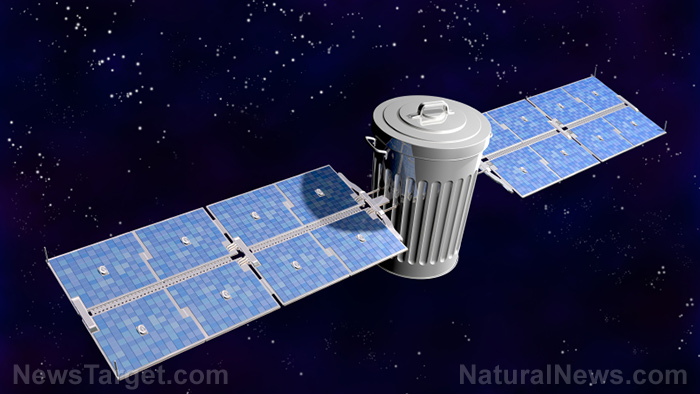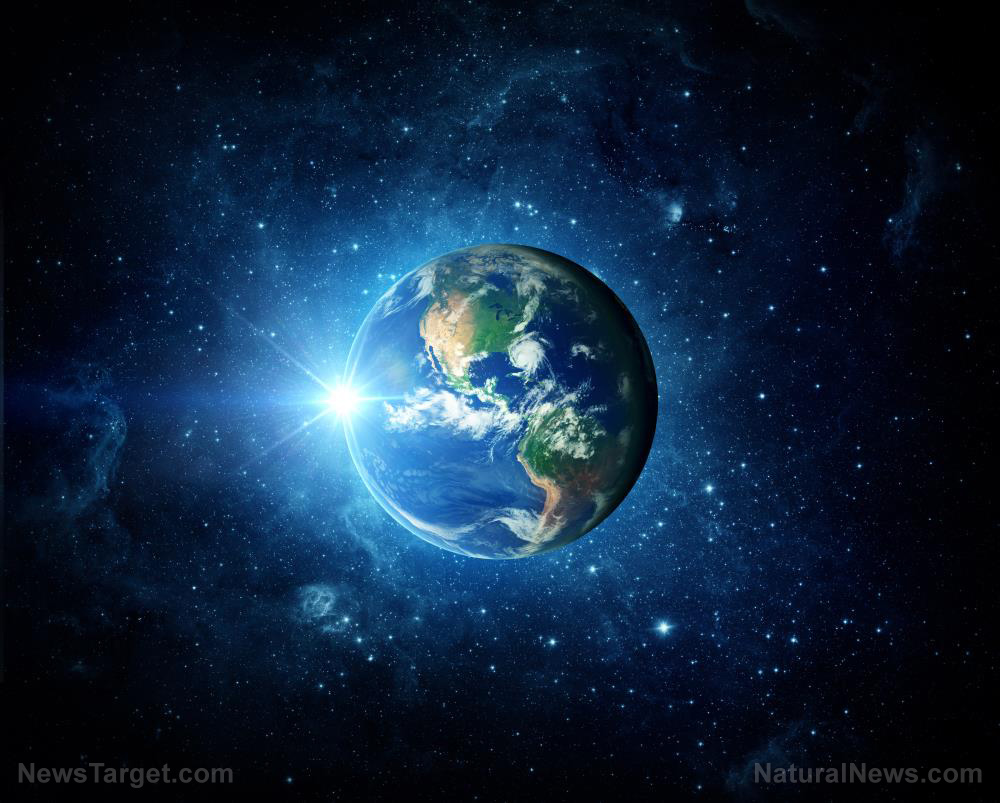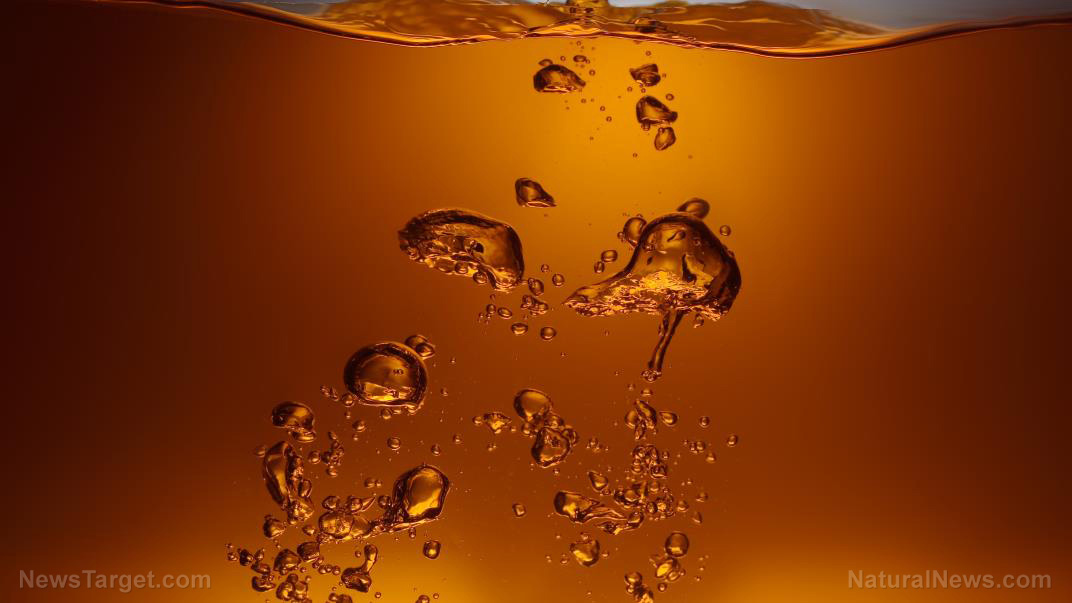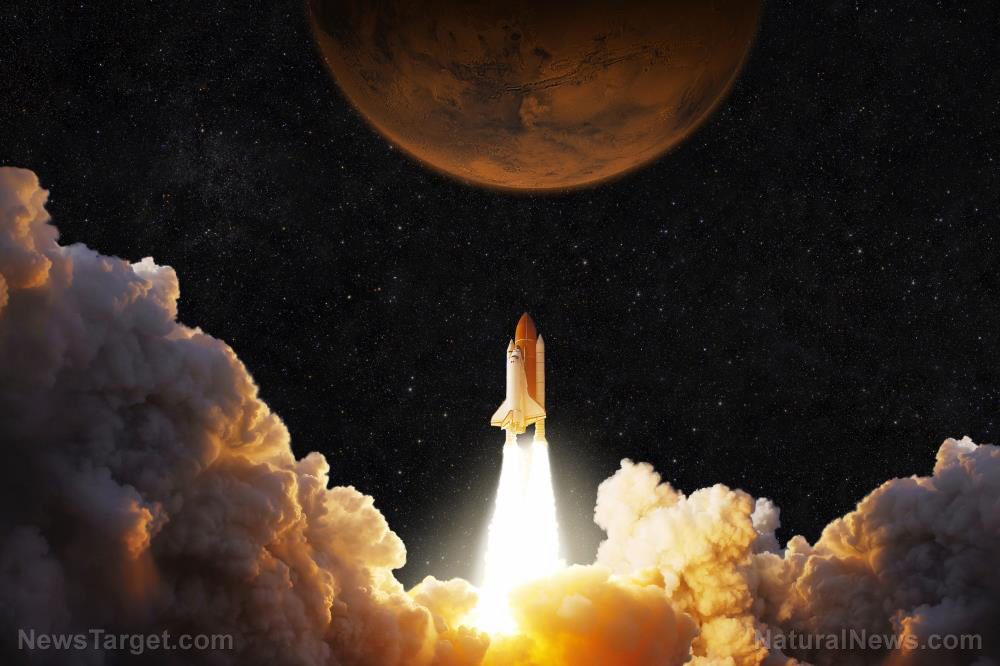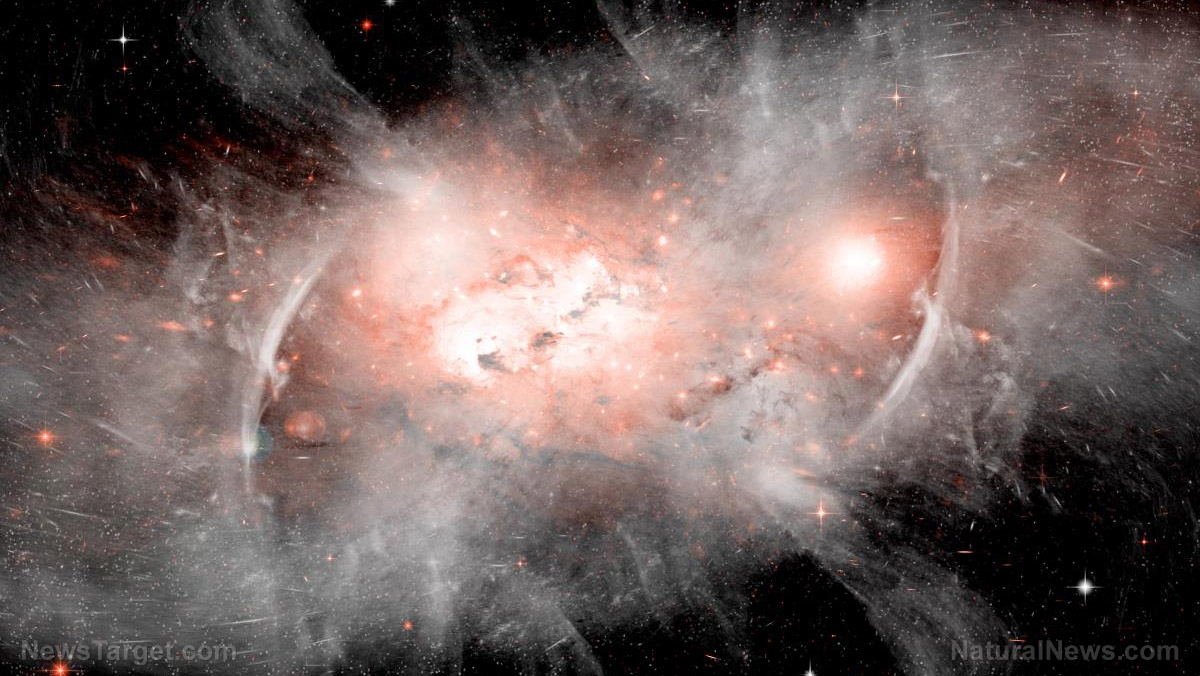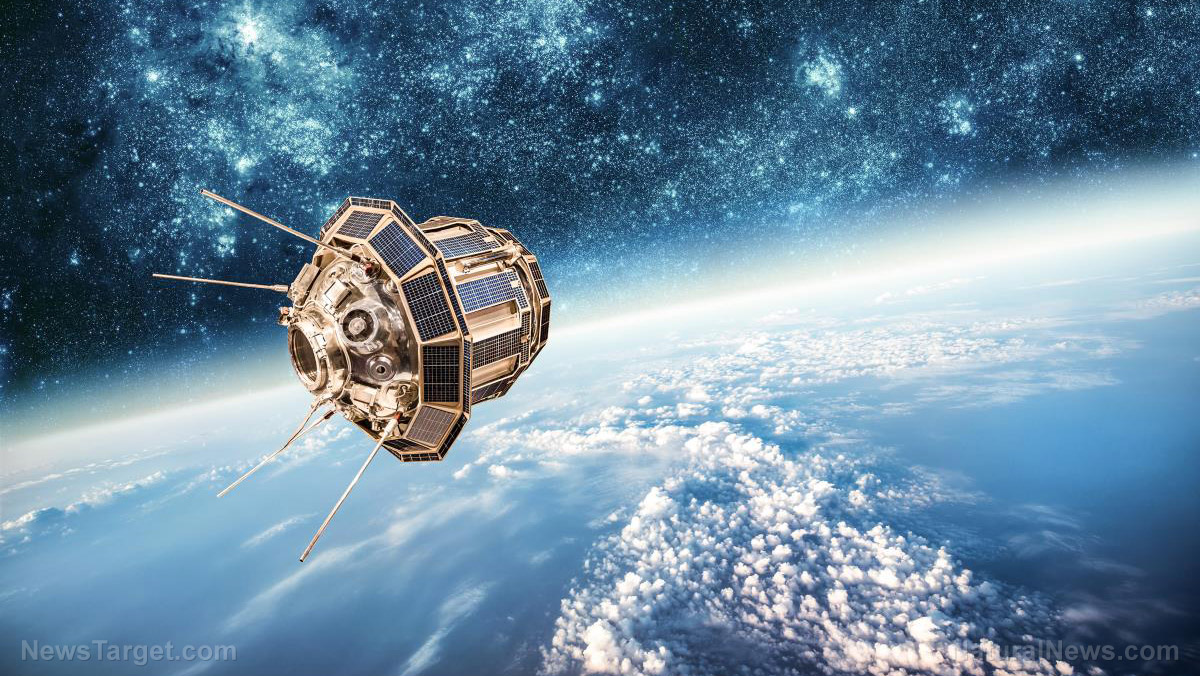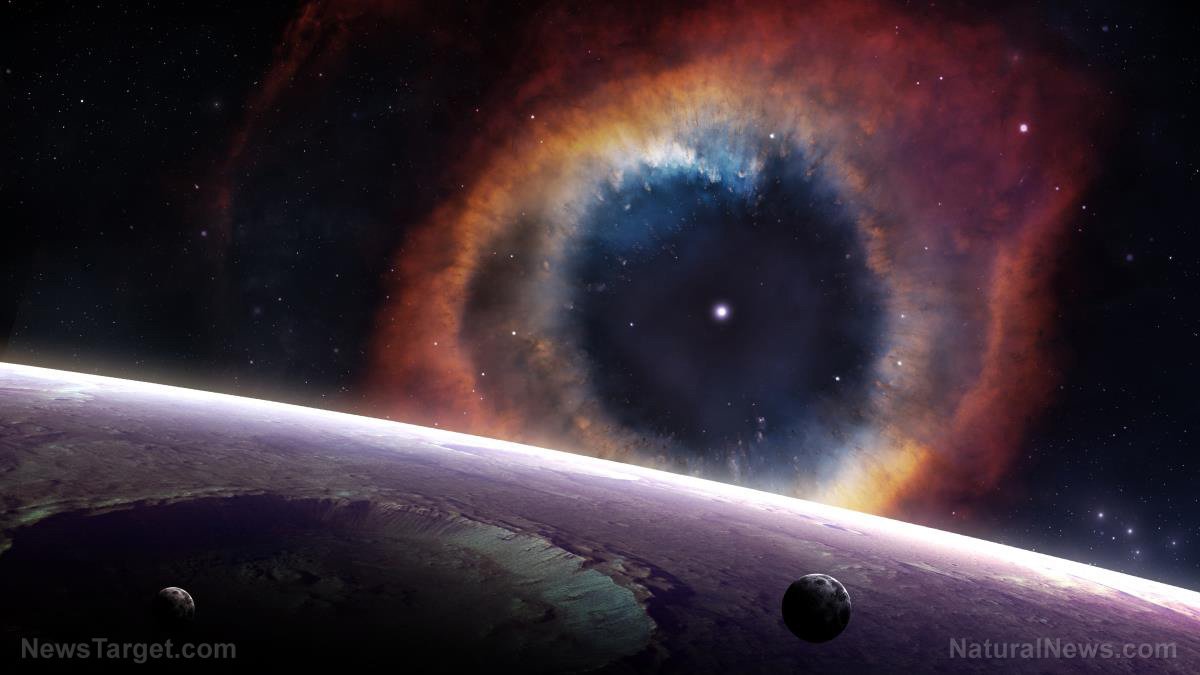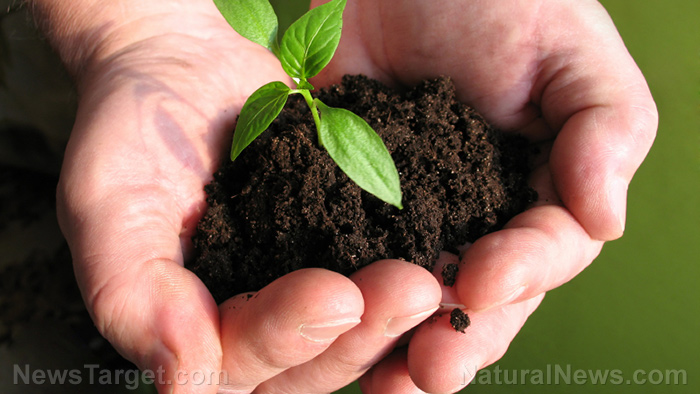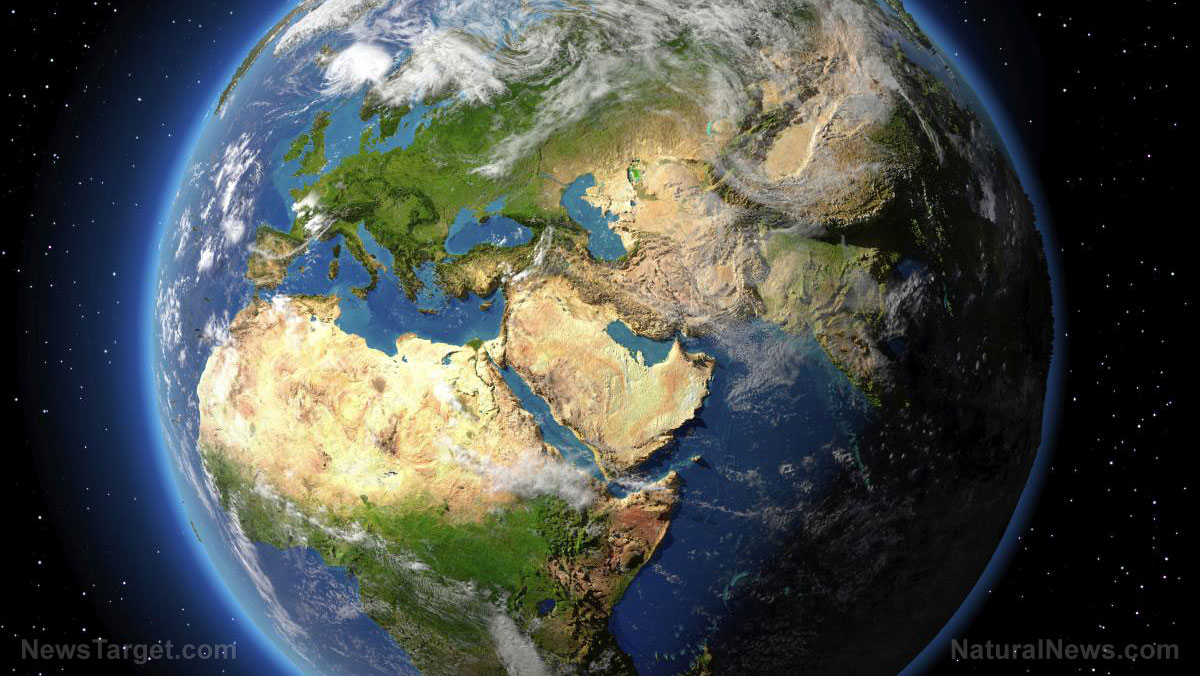The moon has plenty of water, according to new study
05/21/2018 / By David Williams
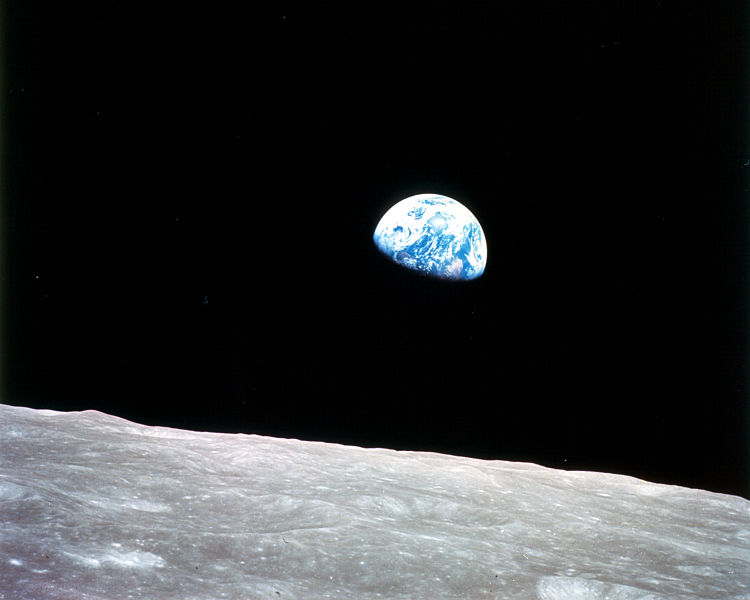
Astronomers and experts in other fields have been studying the moon closely for several decades now. Now a new study, which was published in the journal Nature Geoscience, shows that previous assumptions about the water content of the moon may be flat-out wrong. Instead of having water in certain regions or types of terrains, the moon has water that is spread out evenly across its surface, said the researchers behind the study.
The study, which was titled, “Widespread distribution of OH/H2O on the lunar surface inferred from spectral data,” and led by Christopher Edwards, an assistant professor of planetary science from Northern Arizona University, used remote-sensing data from two separate lunar missions to get its results. What the researchers found was that there’s much more water in the moon than previously thought.
The only issue is that the water is not believed to be readily accessible by any means. But the researchers stated that it’s there, on the moon, in more places than previously imagined. Their research results could help other researchers figure out the origins of water on the moon and find out whether or not it’s feasible as a future resource for future space exploration missions.
The researchers got help from other scientists to conduct their study, particularly from the National Aeronautics and Space Administration (NASA) Jet Propulsion Laboratory (JPL), as well as the Johns Hopkins University Applied Physics Laboratory. Joshua Bandfield, the lead scientist of the Space Science Institute, also pitched in with his highly valuable expertise.
According to Edwards, the overall research team worked together and used improved technology in order to arrive at their conclusions. “The study uses multiple datasets – topography and temperature – to better correct the Moon Mineralogy Mapper (M3) spectral dataset,” he explained. “This improved correction has led to much better constraints on the availability of H2O (water) and OH (hydroxyl, a more reactive version of water) on the moon.”
He also admitted that he was at first surprised by the conclusions of the study. However, he was sold by the time they finished the paper. “This work has been a long time coming,” he remarked. Now he is planning on refining their research techniques even further to look at the moon even closer than they already have. (Related: Interior of the moon likely contains billions of gallons of water.)
Since he is now done with the biggest chunk of this particular study’s work, Edwards has set his sights elsewhere as well. He says that for him, practically all objects in the solar system are “fair game” due to his background as a planetary scientist.
In his own words, he spends his time thinking about the ancient environments of planets such as Mars. However, he uses the same techniques developed for Mars or other planets. After all, the questions are still mostly the same for these planets, and they focus mostly on how the planets evolved from what they were in the past to become what they are today.
It shouldn’t be surprising if he announces more groundbreaking scientific discoveries after examining other planets in the solar system, and perhaps those beyond as well.
Learn more about the search for signs of life in the solar system and in star systems that lie beyond at Space.news.
Sources include:
Tagged Under: cosmic, lunar missions, lunar research, Moon, planetary science, planets, research, Space, space exploration, space research, water on the moon

